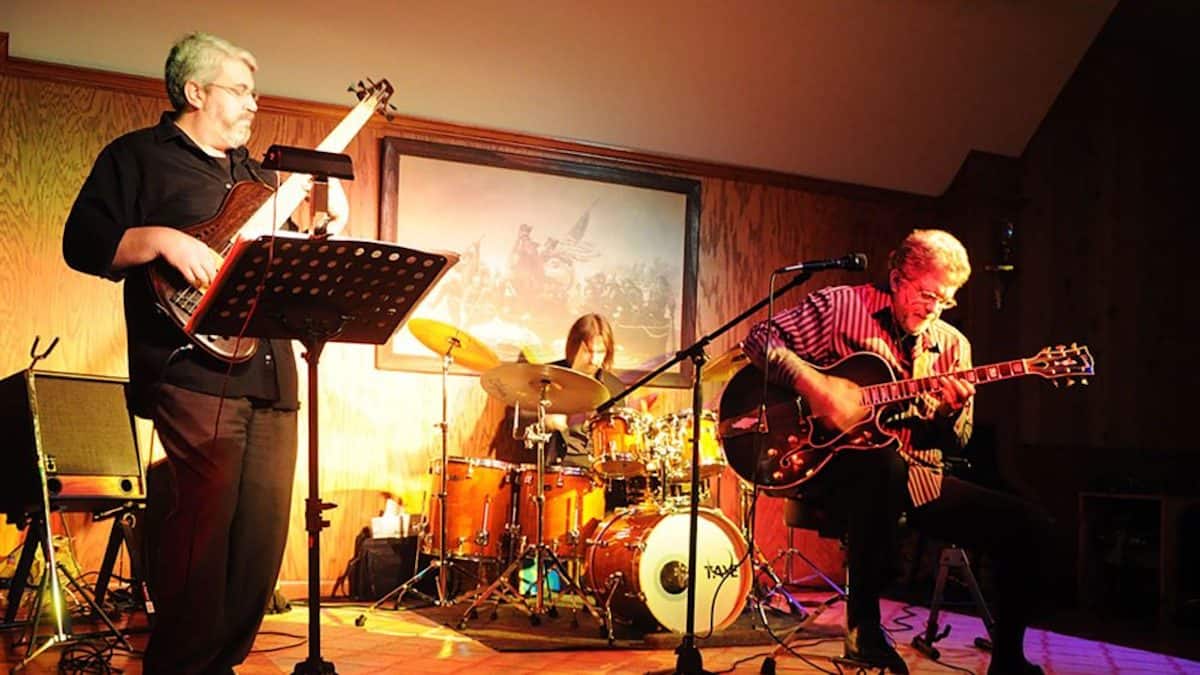Jazz Guitar Lessons
A Refresher Lesson on Double Chromatic Dominant Scales

Dominant 7th type chords – it’s fair to say that no other chord type has as much attention in jazz improvisation. Chuck Anderson provides a quick refresher.
Today is devoted to a less used pair of scales. These are the double chromatic dominant scales.
An alteration is the sharping or flatting of scale notes such as Dominant #4 (aka Lydian Dominant). There can be two or more alterations within the same scale such as Mixolydian b2, b6 scale. This would be considered a double altered scale. In this case, 2 different notes or degrees are being altered ie sharped or flatted within the same scale.
In contrast to this, a double chromatic scale, flats and sharps the same note or degree. Because of this, the scale has 8 notes instead of the typical 7.
There are 2 scale patterns in common use.
#1) C Db D# E F G A Bb C
#2) C D E F Gb G# A Bb C
As you can see, both scales carry the 3 critical notes for the C7 chord. These notes are the root, third and flat 7th notes of a C7 chord (C E Bb).
Each scale can be used against a C7 chord.
If the chord is an altered chord such as C7b9 or C7#9, use scale #1
Scale #1 includes the b9 and #9.
If the chord is an altered chord such as C7b5 or C7#5, use scale #2.
Scale #2 includes the b5 and #5.
The use of this scale will give you a new sound for your dominant type solos.
More JGT lessons from Chuck Anderson.
-
Jazz Guitar Lessons2 weeks ago
New JGT Guitar Lesson: Analyzing “Without A Song”
-
Jazz Guitar Lessons4 weeks ago
New JGT Guitar Lesson: Considering “Falling Grace”
-
Artist Features1 week ago
New Kurt Rosenwinkel JGT Video Podcast – July 2024
-
Artist Features3 weeks ago
JGT Talks To Seattle’s Michael Eskenazi



















